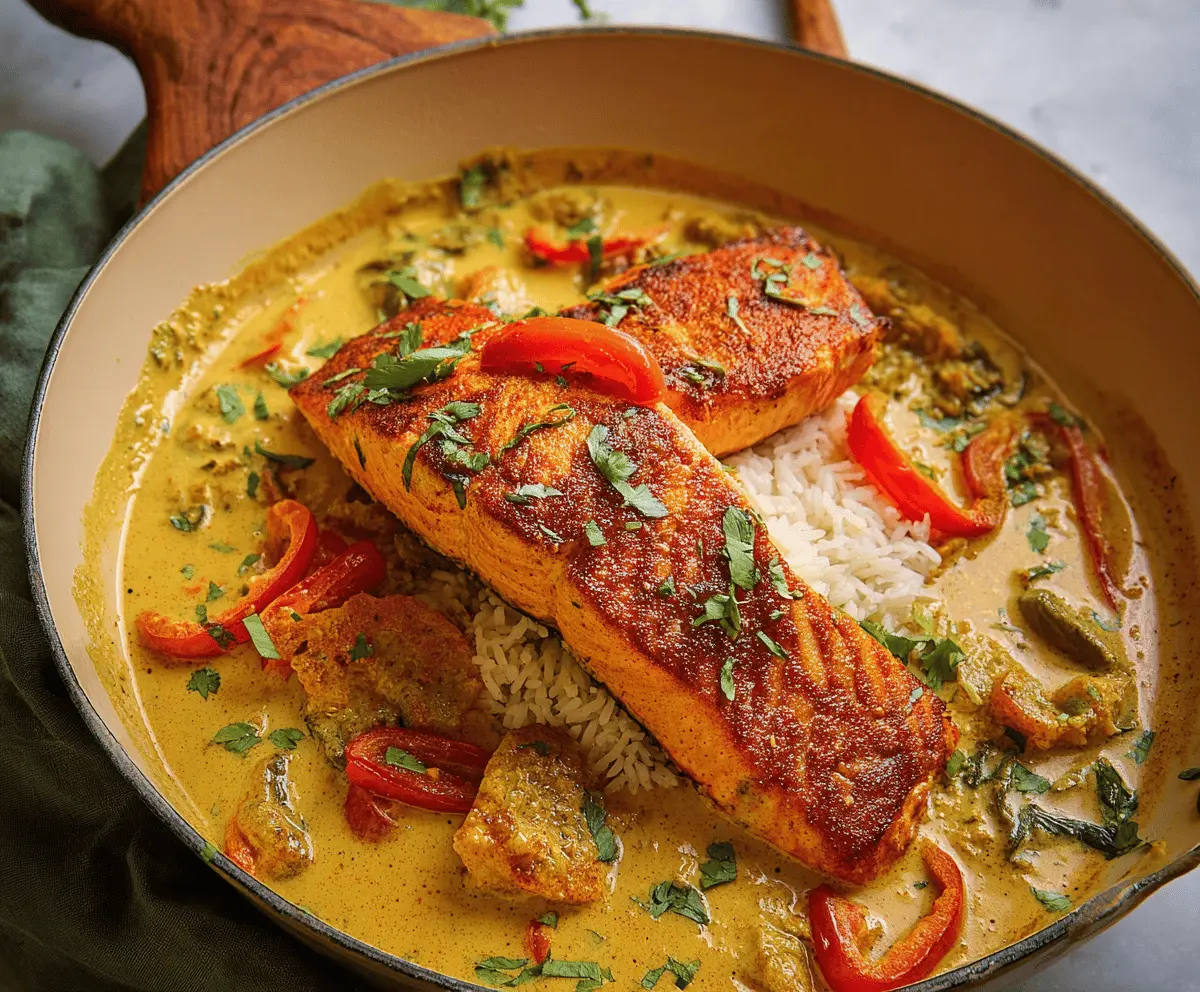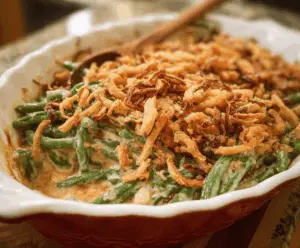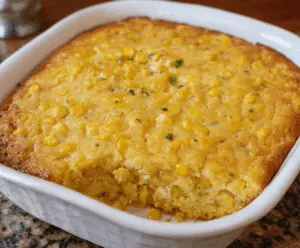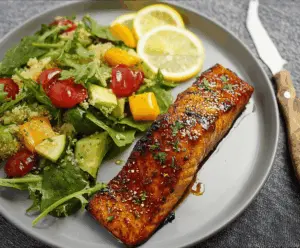This Caribbean Coconut Curry Salmon is a tasty dish that brings together salmon, creamy coconut milk, and spicy curry flavors. It’s quick to make and perfect for a weeknight dinner!
You’ll love the way the flavors dance on your taste buds. Plus, the coconut milk makes everything nice and creamy. I like to serve it over rice, so I can soak up every bit of that delicious sauce!
Key Ingredients & Substitutions
Salmon: Fresh salmon fillets are ideal for this dish because they’re flaky and flavorful. If you need a substitute, you can use trout or even firm white fish like cod or halibut.
Coconut Milk: Full-fat coconut milk makes the sauce creamy and rich. For a lighter option, you can use light coconut milk or almond milk, though the texture will be different.
Curry Powder: Caribbean curry powder adds a unique flavor. If you don’t have it, Jamaican curry powder works well too. For a milder taste, use a traditional curry powder or even skip it!
Scotch Bonnet Pepper: This pepper delivers heat and flavor. If it’s too spicy for you, substitute with jalapeño or omit it altogether. You can also add chili flakes for a bit of heat.
Onions and Garlic: Both bring a savory depth to the dish. You can swap yellow onion for red onion or use shallots for a milder flavor.
How Do You Get Crispy Salmon Skin?
Crispy skin is key to making your salmon extra delicious. Here are some tips to achieve that perfect texture:
- Start with a hot skillet and a good amount of oil. This helps prevent sticking.
- Pat the skin dry before cooking. Moisture will cause the skin to steam rather than crisp up.
- Place the salmon skin-side down first and avoid moving it around for the first few minutes of cooking.
- Cook on medium-high heat until the skin is golden and crispy, about 4-5 minutes.
By following these steps, you’ll have beautifully crisp salmon skin to enjoy with your curry!
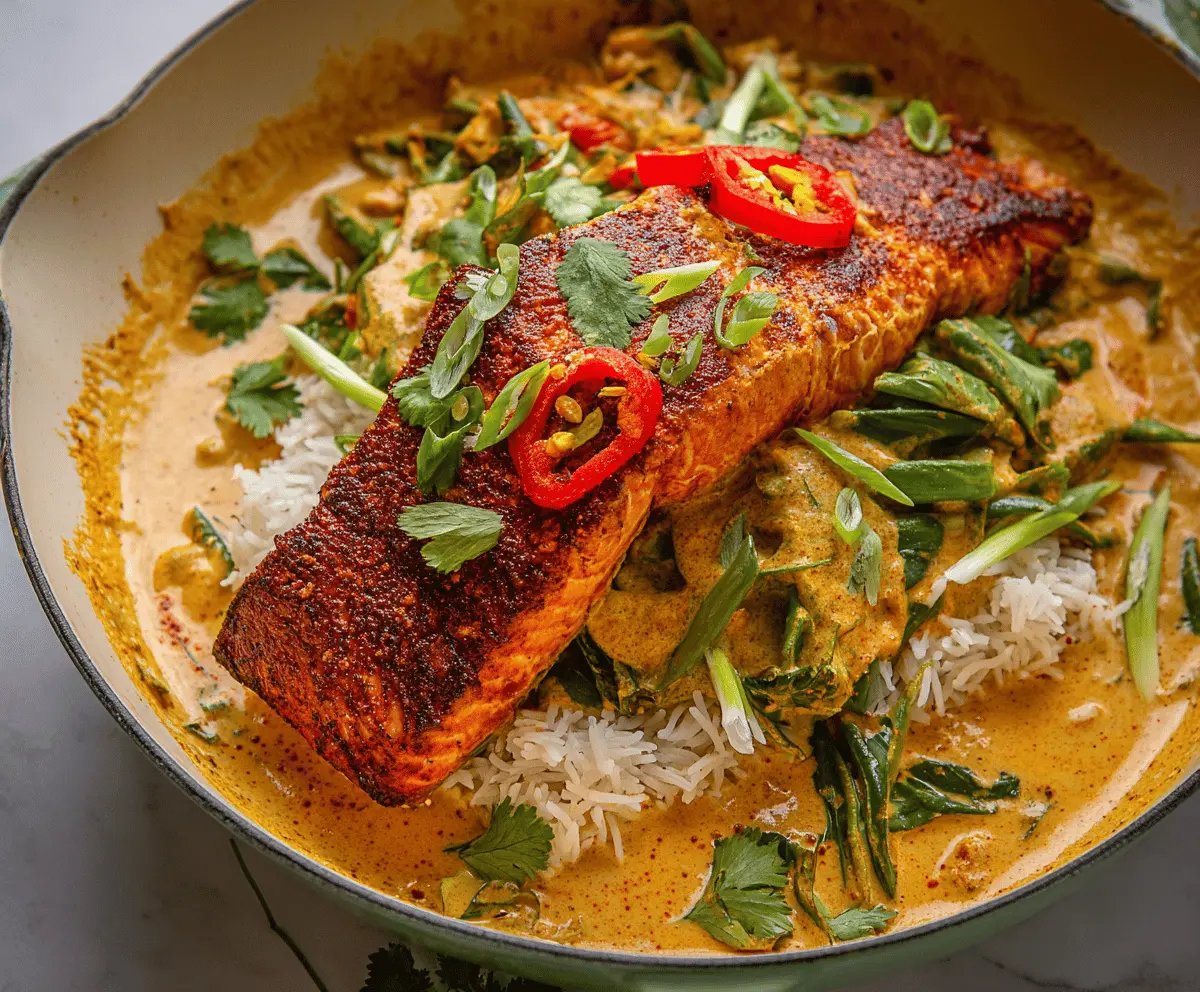
How to Make Caribbean Coconut Curry Salmon
Ingredients You’ll Need:
For the Salmon:
- 2 salmon fillets (about 6 oz each), skin on
- 1 tbsp olive oil or coconut oil
For the Curry Sauce:
- 1 cup coconut milk (full fat)
- 1 tbsp Caribbean curry powder (or Jamaican curry powder)
- 1 small onion, finely chopped
- 2 cloves garlic, minced
- 1 tsp grated fresh ginger
- 1/2 red bell pepper, thinly sliced
- 1 scotch bonnet pepper or habanero pepper (optional, seeds removed for less heat), finely chopped
- 1 tbsp lime juice
- Salt and pepper, to taste
- Fresh cilantro or parsley, chopped (for garnish)
- Cooked white rice, for serving
How Much Time Will You Need?
This delicious Caribbean Coconut Curry Salmon recipe takes about 30 minutes total: 10 minutes for preparation and 20 minutes for cooking. Perfect for a quick yet flavorful dinner!
Step-by-Step Instructions:
1. Prepare the Salmon:
Start by patting the salmon fillets dry with a paper towel. This step is crucial as it helps the skin crisp up nicely. Next, generously season both sides of the salmon with salt, pepper, and half of the curry powder, ensuring an even coating.
2. Cook the Salmon:
In a large skillet, heat the olive or coconut oil over medium-high heat. Once the oil is hot, carefully place the salmon fillets skin-side down in the skillet. Cook for about 4-5 minutes without moving them to allow the skin to become crisp. After 4-5 minutes, gently flip the salmon and cook for an additional 3 minutes or until the salmon is cooked to your preferred doneness. Remove the salmon from the skillet and set aside on a plate.
3. Sauté the Aromatics:
In the same skillet, reduce the heat to medium. Add the chopped onion, minced garlic, grated ginger, and the optional scotch bonnet pepper. Sauté these ingredients for about 2-3 minutes until they become fragrant and the onion is softened.
4. Toast the Spices:
Now, sprinkle in the remaining curry powder and give it a quick stir. Cook this mixture for another minute to allow the spices to toast and release their beautiful aroma.
5. Make the Coconut Sauce:
Pour in the coconut milk and add the sliced red bell pepper. Stir everything together and bring the mixture to a gentle simmer. This is where the magic starts to happen!
6. Simmer and Season:
Let the sauce simmer for about 5-7 minutes, allowing it to thicken slightly. Taste the sauce and adjust the seasoning with salt and pepper to your liking.
7. Add the Lime Juice:
Stir in the lime juice for a fresh burst of flavor that brightens the dish.
8. Return the Salmon to the Skillet:
Gently place the cooked salmon fillets back into the skillet, spooning some of the yummy sauce over the top. Heat them for an additional 1-2 minutes so they warm up and soak in some of that delicious curry flavor.
9. Serve and Garnish:
It’s time to serve! Place a generous scoop of cooked white rice on each plate, then lay the coconut curry salmon over the rice. Finally, sprinkle with fresh cilantro or parsley for a beautiful presentation.
Enjoy your vibrant, creamy Caribbean-inspired Coconut Curry Salmon with a touch of spice! This dish is sure to impress your family and friends!
Can I Use Frozen Salmon for This Recipe?
Yes, you can use frozen salmon! Just make sure to thaw it completely in the refrigerator overnight or in a sealed plastic bag submerged in cold water before cooking. Pat it dry to avoid extra moisture while cooking.
What Can I Substitute for Coconut Milk?
If you don’t have coconut milk, you can use almond milk or regular dairy milk, but keep in mind that the sauce won’t be as creamy. If you want a coconut-like flavor without the fat, consider using a light coconut milk.
How to Store Leftovers?
Store any leftovers in an airtight container in the refrigerator for up to 3 days. To reheat, gently warm on the stove or in the microwave, stirring occasionally to heat evenly. You might need to add a splash of coconut milk to maintain creaminess.
Can I Make This Recipe Spicier?
Absolutely! If you enjoy heat, you can add more scotch bonnet or habanero peppers, or include red pepper flakes during cooking. Just be cautious and add a little at a time until you reach your desired spice level!
